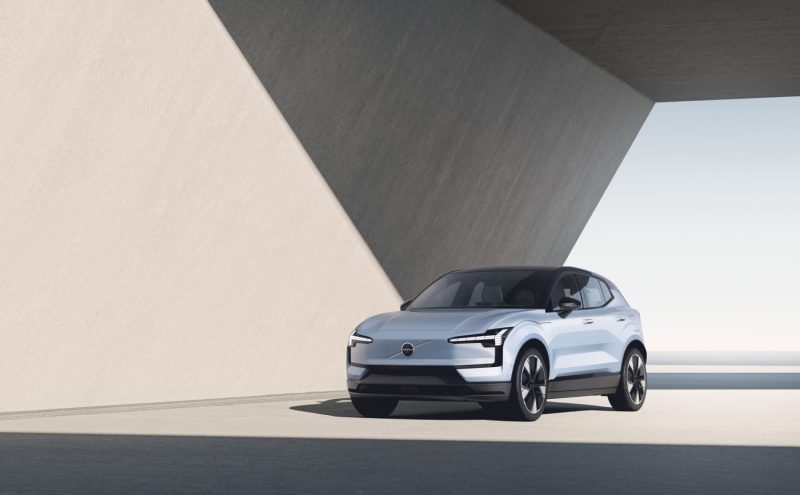The core Body of the Article:
In the midst of a raging trade war that saw the United States and China exchange blows in the form of tariffs, it was no small feat that the Swedish auto giant, Volvo, ingeniously managed to bring a Chinese-made electric vehicle (EV) onto American shores at a reasonable price. Volvo achieved this through a clever combination of strategic manufacturing partnerships, shrewd overseas marketing, and innovative supply chain strategies.
The car in question, the Polestar 2, is an EV manufactured by Chinese auto behemoth – Geely, which owns Volvo. However, it was not a mere coincidence that Volvo turned to its parent company for EV production. Rather, it was a well-thought-out decision grounded in Geely’s vast technological resources and cheaper manufacturing costs, both critical factors in the production of EVs.
The geographic location of the production facility, too, played a significant role. By sourcing their EVs from China, Volvo was able to leverage the country’s exponentially growing EV infrastructure, which consists of an extensive network of component suppliers, labor expertise in EV manufacturing and a supportive government advocating for cleaner technologies.
Despite these factors, a significant challenge lay in circumventing the tariffs imposed amidst the trade war without inflating the price of the car. Volvo, however, found a loophole. Since tariffs are imposed based on where a car is assembled rather than where the parts are manufactured, Volvo assembled the Polestar 2 in China but performed the final stages of assembly, including the installation of the electric drivetrain, in Belgium. This strategy allowed Volvo to promote the vehicle as European rather than Chinese, thereby dodging the hefty tariffs.
Furthermore, Volvo had to convince the U.S. consumers, traditionally skeptical of Chinese-made goods, to buy a Chinese-made EV. Volvo cleverly marketed Polestar 2 as a product of Swedish design and innovation. With Volvo’s strong reputation as a solid and reliable carmaker in the U.S., this strategy was effective in assuaging consumer concerns associated with Chinese manufacturing.
Speaking of the supply chain, Volvo’s strategic partnerships with Lithium Ion battery giants, CATL and LG Chem, proved instrumental in reducing the cost of the Polestar 2, as batteries constitute a significant portion of an EV’s cost. By sourcing batteries from these established players, Volvo was able to manage the production costs and in turn, keep the sales price affordable for the American consumers.
Finally, it was important for Volvo to sell the car in the U.S., the second-largest EV market in the world, without eliminating profitability. The company devised a direct-to-consumer sales model, thereby bypassing traditional dealerships. This strategy further helped in trimming down costs and ensuring a more competitive pricing, making a high-quality Chinese EV finally affordable for the mainstream American buyers.
In an era where tariffs and trade wars cloud the horizon, Volvo’s success in bringing a cheap Chinese EV to American market serves as a textbook case on strategic planning and innovative thinking. Despite the obstacles, the Swedish-Chinese collaboration managed to bypass political, economic and cultural barriers, showcasing that in the world of global trade and partnerships there is always a way to land opportunities on foreign shores.




